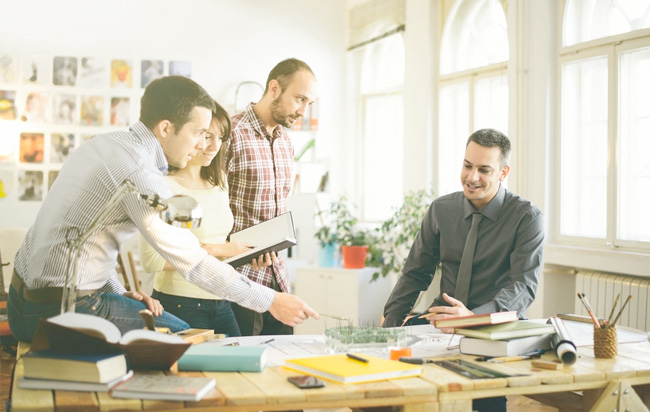
Last month we wrote a blog about improving lead generation for startups and it brought up a nice discussion on what constitutes market acceptance. Startups going to market with their first product or service have to make sure they are very certain that their product meets the needs of enough people. Any business can get into trouble, however, when they move forward with a new idea without knowing if it will achieve market acceptance.
So how can you achieve market acceptance before you invest in an idea that may or may not fit a customer need? And if and when you reach that acceptance, how will you know it?
Use Your Customers to Develop Your Product or Service
Rather than investing time and money developing a product and then finding out if it will achieve market acceptance, leverage your market to develop your product. Getting input as early in the process as possible will help you build features and solutions into your software or service that solve your customers’ specific needs. That’s what Beta testing is all about!
Take McDonald’s for an example. A few years ago, McDonald’s released the Arch Deluxe, a hamburger for adults. After spending $300 million on development and promotion, McDonald’s discovered that their market was never in need of an adult hamburger and the new product failed. Instead, the fast food chain could have asked their customers, “What are you interested in eating?”
Using and Understanding Your Early Adopters
In this early development and marketing process, your early developers will be an extremely valuable resource. But do your early adopters represent real market acceptance? Should you judge your product or service’s viability based on this specific segment of your customer base? We think so.
It can be tempting to make your solution extremely general to fit a larger portion of the market, but past startups have shown this isn’t the way to make the best product possible. Evernote made the decision early on to not invest in marketing their software for the first few years of development. Instead, they made use of their small, loyal customer base to tweak and develop their product into the productivity tool it is today. Instead of making a product too specific to be widely adopted, they made arguably the best productivity app on the market today.
Determining Actual Market Acceptance
While trusting your early adopters, in the beginning, is a great way to develop your process, it is true that they won’t be able to give you a real measurement of market acceptance. How you determine whether your product or service meets the needs of enough customers to continue its production or availability really depends on your industry and your business. Use market size, the valuation of your solution, and the amount of actual business you’ve acquired to get a better determination of your market acceptance.
If you meet the needs of a large number of customers, know that you can trust in your product! If you don’t, don’t be afraid to tweak your product or even move on completely, you’ll come up with something else. Instagram initially began as a check-in app, Burbn, until they discovered that the only part of their app that was achieving real market acceptance was the picture-sharing and filtering element. Keep tweaking, keep measuring and keep getting closer and closer to market success.

by The Penguin Team on March 10, 2015
As a leading B2B digital marketing agency, We help B2B Technology Companies, enterprise software, and hardware companies increase brand awareness, reach more qualified leads and close more customers. Penguin Strategies is a Diamond Partner of HubSpot.






